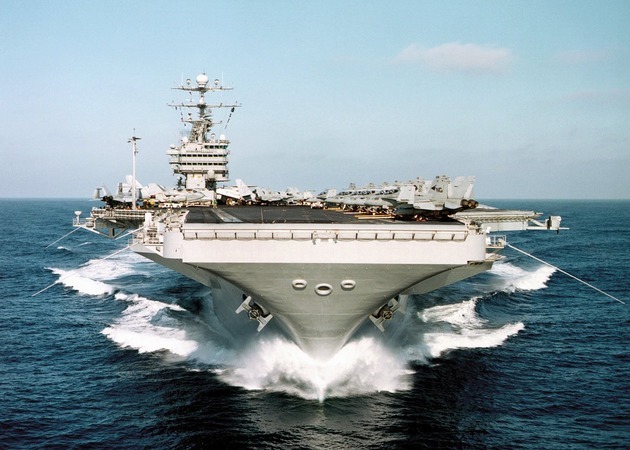Global conflict seems to be soaring, but arms exports in recent years have remained flat after a two-decade surge. Cumulative arms exports peaked at $31.8 billion in 2017, representing a 78% jump from $17.8 billion in 2002, according to the Stockholm International Peace Research Institute (SIPRI), Globely News writes.
In 2020, arms transfers worldwide totaled $22.8 billion as per SIPRI’s estimates. This substantial dip from the 2017 peak reflects a multi-year decline accelerated by the COVID-19 pandemic and its devastating economic impact, which has forced governments to curtail defense spending.
The United States is the world’s top exporter of arms — and by a wide margin. In 2020, the United States exported around $9.4 billion in weapons, according to SIPRI — a whopping 40% of all arms exported worldwide that year. The top recipient of U.S. weapons is Saudi Arabia, which purchased over $2 billion in U.S. arms, nearly a quarter of all U.S. arms exports in 2020. Two other Gulf Arab states, Qatar ($300 million) and the United Arab Emirates ($149 million), also rank among the top recipients of U.S. weapons in 2020.
Russia remains the world’s second-largest exporter of arms, accounting for around 20 percent of all arms exports in 2020. But arms transfers from Moscow declined from 2016 to 2020 by approximately 22 percent. U.S. sanctions — especially those imposed through the Countering America’s Adversaries Through Sanctions Act or CAASTA — seem to be working. In fact, a study by RAND argues that several prospective buyers of Russian arms have opted not to go forward with purchases from Moscow due to the “chilling effect of possible sanctions.” Over this period, Indian imports of Russian arms fell by 53 percent, according to SIPRI.
But the decline in Indian imports of Russian arms is only part of the story. Washington has been inconsistent in applying CAASTA. For example, it booted NATO ally Turkey from the F-35 program and sanctioned Ankara after it purchased the S-400 surface-to-air missile system from Moscow. Meanwhile, India has begun to deploy the S-400 and goes unpunished. New Delhi is also acquiring nuclear-powered submarines and frigates from Moscow to bolster its naval defense. So the India-Russia defense partnership remains intact. Russia’s exports of weapons to China and Egypt are also on the rise.
Despite U.S. and Russian dominance of the global arms trade, the past decade has seen dramatic growth in the rise of second-tier and niche arms exporters, including France — certainly no newcomer to the industry — as well as Spain, South Korea, and Turkey. For the first time ever, France eclipsed Russia in 2020 as India’s largest source of arms. India, driven by its rivalries with China and Pakistan and growing Hindu nationalism, was the world’s largest importer of arms in 2020. From 2010 to 2019, Turkey’s arms exports more than tripled to $240 million, before dropping to $141 million in 2020. Turkey’s drones proved to be game changers in Azerbaijan’s decisive victory in its war in 2020 with Armenia over the Nagorno-Karabakh region.
TOP-20 global arms exporting countries
1. US $9.3 bln
2. Russia $3.2 bln
3. France $1.9 bln
4. Germany $1.3 bln
5. Spain $1.2 bln
6. South Korea $827 mln
7. Italy $806 mln
8. China $760 mln
9. Netherlands $488 mln
10. United Kingdom $429 mln
11. Australia $396 mln
12. Israel $345 mln
13. Sweden $286 mln
14. Canada $200 mln
15. UAE $191 mln
16. Switzerland $179 mln
17. Brazil $170 mln
18. India $151 mln
19. Turkey $141 mln
20. Ukraine $115 mln






